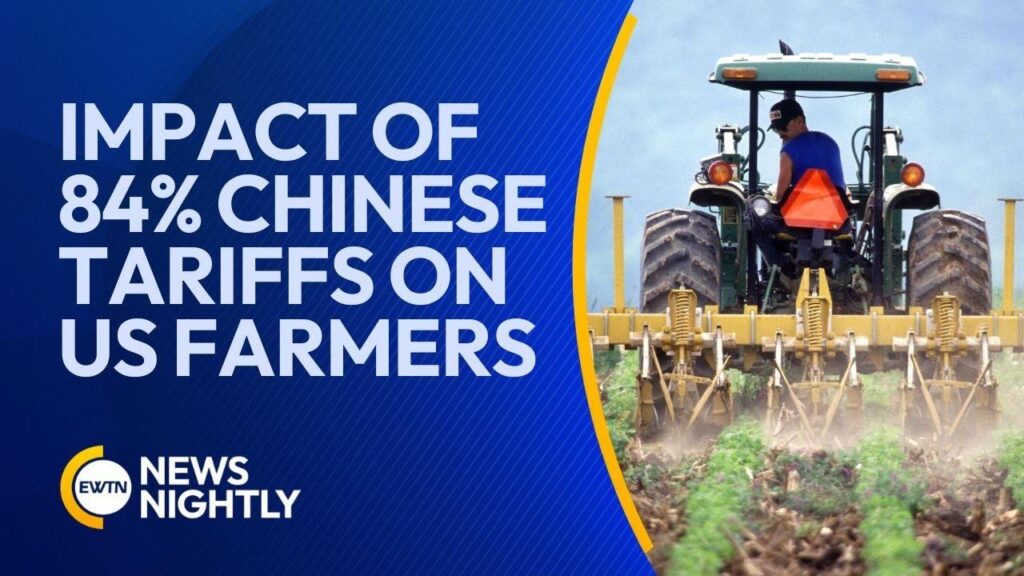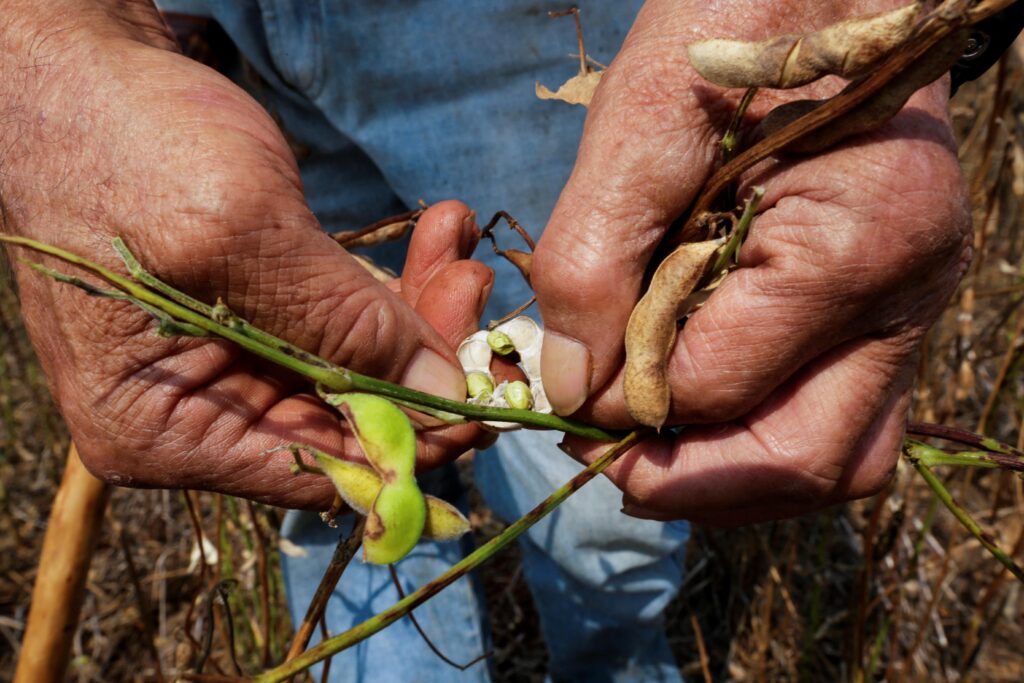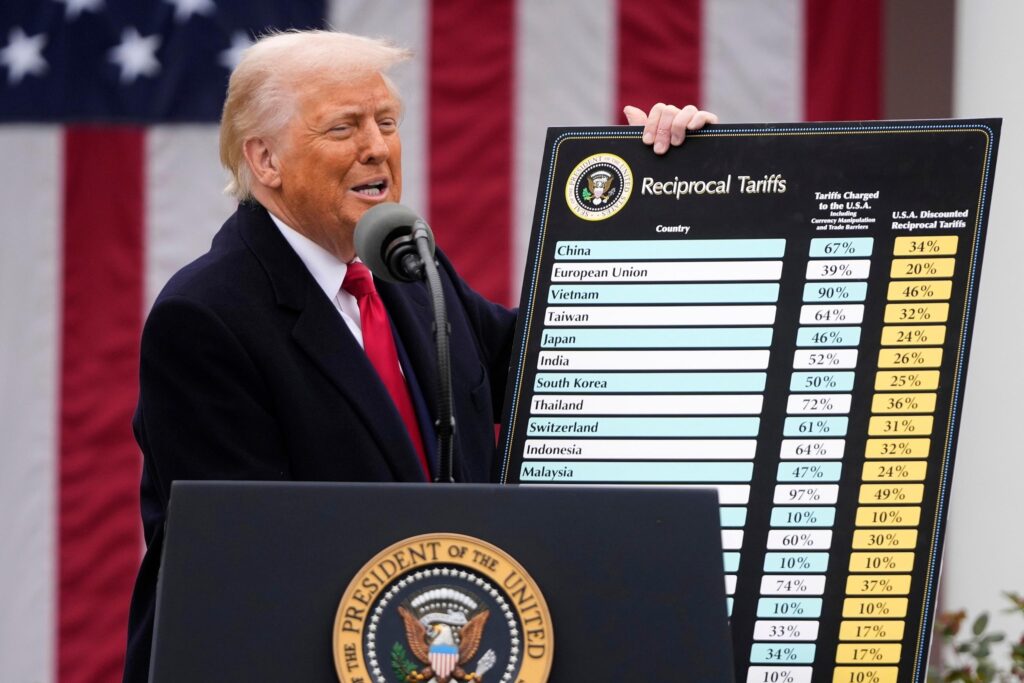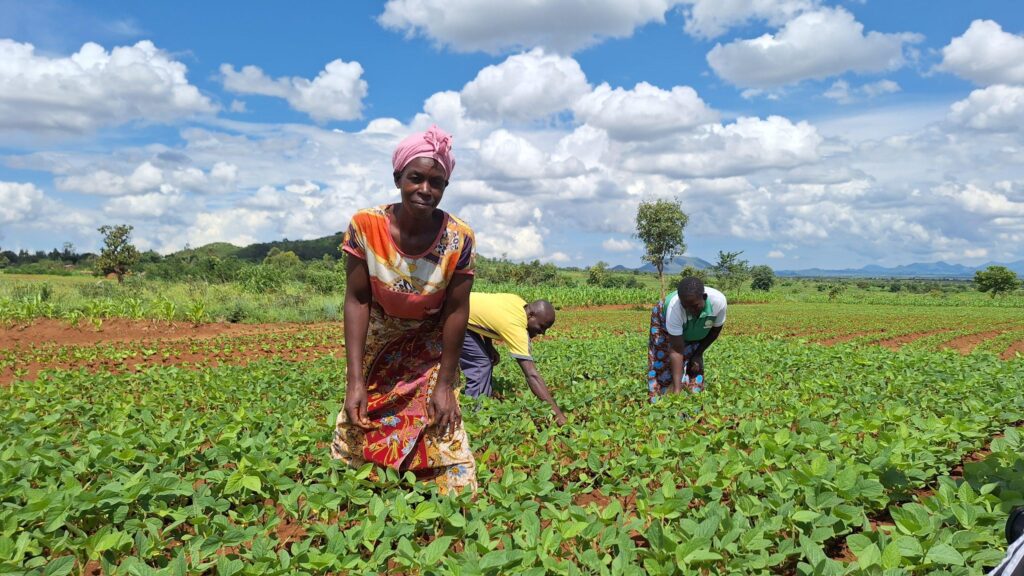The agricultural landscape between China and the United States has undergone profound alterations in recent months. Since January 2025, China has withheld placing new orders for American corn and soybeans, marking a consequential shift in global trade dynamics. This purchasing freeze began just days before Donald Trump’s presidential inauguration, signaling Beijing’s strategic recalibration in response to mounting trade tensions.
American soybean farmers face troubling prospects as China implements aggressive countermeasures against US exports. The Asian economic giant recently unveiled an extensive array of retaliatory actions, including substantial duties of 34% on all American goods. These new tariffs compound existing levies of 10-15% placed on approximately $21 billion worth of agricultural trade instituted earlier in March. The cascading effect has created what one Singapore-based trader described as effectively “shutting down all US agricultural imports” to China.
Brazilian agricultural exporters benefit tremendously from this situation. The South American nation has seized the opportunity to become China’s principal soybean supplier, displacing the United States from its long-held dominant position. Chinese negotiators traveled to Brazil in April to conduct bilateral discussions focused on expanding Brazilian soybean imports further. The enthusiasm for Brazilian products isn’t without warrant – since 2016, Brazilian soybean exports to China have witnessed a remarkable expansion, nearly doubling with a 96% increase.
Trade experts express valid concerns about the American agricultural sector’s future. “This is going to cost the US a lot of export business,” warned Jack Scoville of the Chicago-based Price Futures Group. His subsequent observation highlights a broader predicament: “We are pissing off everybody. That’s the problem. Where are we going to turn if we’ve slapped everybody with tariffs?”
The immediate financial consequences crystallized in commodity markets where soybean futures experienced swift declines. The most-active soybean contract on the Chicago Board of Trade settled at $9.77 per bushel in early April, representing a 3.4% decrease from the previous day and marking its lowest price on a continuous chart for 2025. These market fluctuations reflect growing apprehension among traders regarding future demand.
Despite the apparent causality between Trump’s trade policies and China’s purchasing behavior, some agricultural analysts suggest the situation warrants nuanced interpretation. Jason Britt, President of agricultural brokerage Central States Commodities, notes that China typically reduces soybean purchases during spring months when American farmers begin planting their next crops. This seasonal pattern could partially explain the observable decline in orders, although the timing aligns conspicuously with political developments.
China’s strategic pivot away from US agricultural products exemplifies a broader realignment in global trade relationships. Although no longer China’s foremost soybean supplier, the United States had still exported substantial volumes to China – over 27 million tonnes valued at $12.8 billion in 2024 according to USDA data. This commercial relationship now hangs precariously in the balance as diplomatic relations deteriorate further.
The bumper harvest currently underway in Brazil puts the country on trajectory to capitalize even more substantially from this trade disruption. Chinese officials have demonstrated clear intentions to accelerate their shift toward Brazilian soybeans since March, when initial retaliatory levies were implemented. This developing trade pattern threatens to permanently alter established agricultural supply chains that American farmers have relied upon for decades.
For US agricultural communities, the consequences extend beyond immediate revenue losses. The persistent uncertainty regarding market access complicates planting decisions and investment strategies. Many farmers must now contemplate difficult adjustments to traditional cropping systems and marketing approaches that previously prioritized Chinese demand.
The transformative impact on global agricultural trade flows demonstrates how deeply political decisions can permeate economic systems. While Brazil enjoys enhanced market opportunities, American agricultural interests confront a challenging environment characterized by contracting export potential and price pressures. These changes reverberate throughout rural economies and reshape international economic relationships in ways that may persist long after current disputes resolve.










